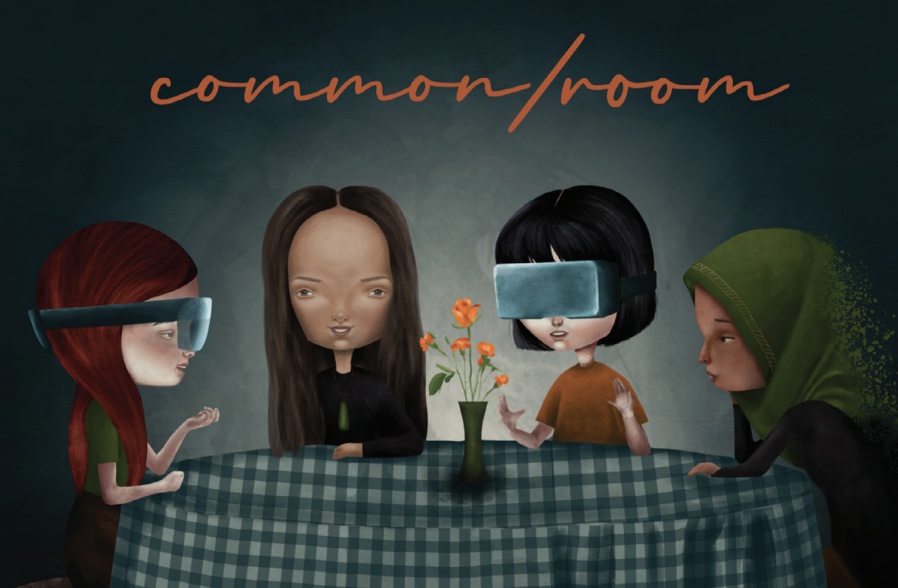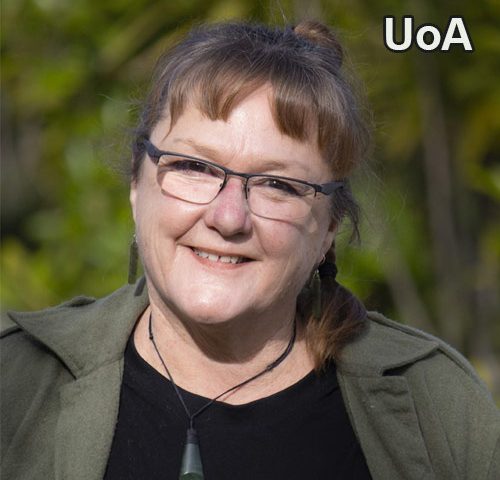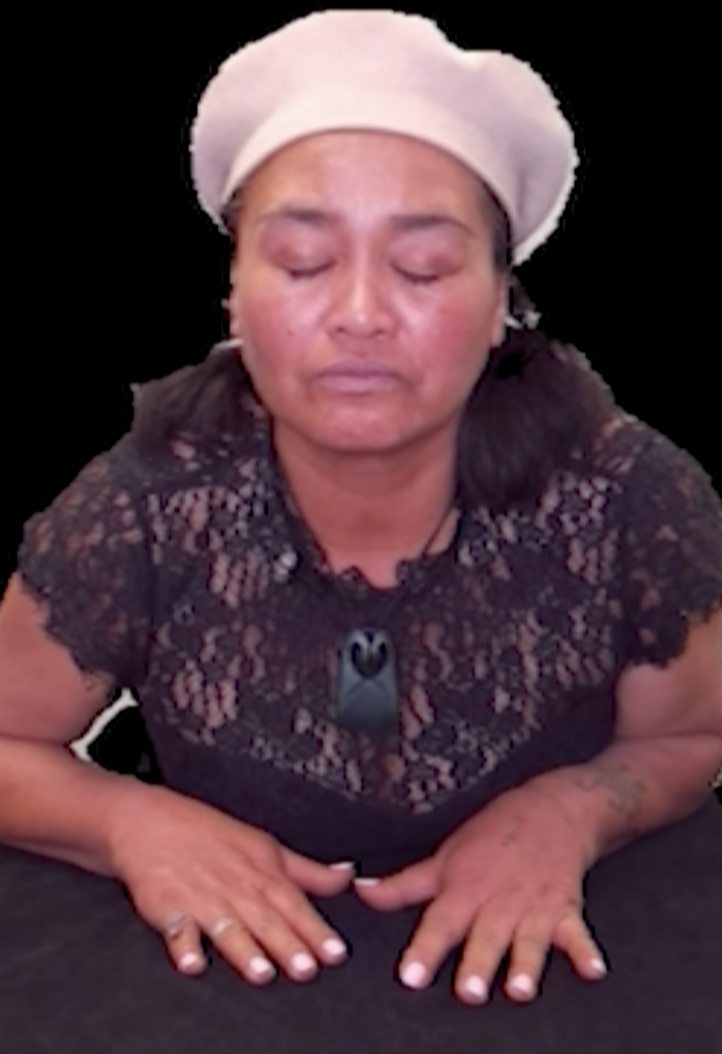Mairi Gunn
Mairi Gunn
PhD Student
Mairi is an award winning documentary maker and cinematographer who has shot feature-length dramas, cinematic shorts, a slew of documentaries and music videos. Her practice-led research has broken away from traditional aspect-ratio limitations to create ultra-widescreen (48:9) video. She uses immersive installations to build a commons based on the pre-modern concept of productive, non-hierarchical relationships in a shared space.
Her MPhil video installation, Common Ground, was exhibited at Resilient Places/Resilient: Elders Voices Summit at first nations’ Tsawout Reserve, Vancouver Island, the Pah Homestead (Wallace Arts Trust) and at No 1 Parnell St Gallery in Rawene as part of the 2017 Hokianga Film Festival. She is currently extending her research by investigating how an urban commons might be initiated using Augmented and Virtual Realities and 360° 3D image capture. This work, with Māori and women from migrant backgrounds, forms the basis for her PhD thesis common/room (Elam School of Fine Arts/Design, University of Auckland). It focuses on overcoming intercultural discomfort. Professor Mark Billinghurst (ECL) is Mairi’s co-supervisor.
A preliminary experiment, common/place, has been exhibited at the Whau Arts Festival, Arts West, Fluid Borders Festival and at local libraries (2017-19).
XR experiment, Come to the Table!, in development with other researchers and collaborators from the Empathic Computing Laboratory, was invited to exhibit at SIGGRAPH Asia (Brisbane, 2019). It brings Māori women to the table in AR and includes interactive capabilities. This work explores power-sharing and collective endeavour. A more recent iteration, First Contact, appeared in GARDEN AOTEAROA NEW ZEALAND, as part of Ars Electronica (2020), a global experiment in virtual exhibition of digital art and technology, using Mozilla Hubs.
Projects
-
Haptic Hongi
This project explores if XR technologies help overcome intercultural discomfort by using Augmented Reality (AR) and haptic feedback to present a traditional Māori greeting. Using a Hololens2 AR headset, guests see a pre-recorded volumetric virtual video of Tania, a Māori woman, who greets them in a re-imagined, contemporary first encounter between indigenous Māori and newcomers. The visitors, manuhiri, consider their response in the absence of usual social pressures. After a brief introduction, the virtual Tania slowly leans forward, inviting the visitor to ‘hongi’, a pressing together of noses and foreheads in a gesture symbolising “ ...peace and oneness of thought, purpose, desire, and hope”. This is felt as a haptic response delivered via a custom-made actuator built into the visitors' AR headset.
Publications
-

First Contact‐Take 2: Using XR technology as a bridge between Māori, Pākehā and people from other cultures in Aotearoa, New Zealand
Mairi Gunn, Mark Billinghurst, Huidong Bai, Prasanth Sasikumar.Gunn, M., Billinghurst, M., Bai, H., & Sasikumar, P. (2021). First Contact‐Take 2: Using XR technology as a bridge between Māori, Pākehā and people from other cultures in Aotearoa, New Zealand. Virtual Creativity, 11(1), 67-90.
@article{gunn2021first,
title={First Contact-Take 2: Using XR technology as a bridge between M{\=a}ori, P{\=a}keh{\=a} and people from other cultures in Aotearoa, New Zealand},
author={Gunn, Mairi and Billinghurst, Mark and Bai, Huidong and Sasikumar, Prasanth},
journal={Virtual Creativity},
volume={11},
number={1},
pages={67--90},
year={2021},
publisher={Intellect}
}The art installation common/room explores human‐digital‐human encounter across cultural differences. It comprises a suite of extended reality (XR) experiences that use technology as a bridge to help support human connections with a view to overcoming intercultural discomfort (racism). The installations are exhibited as an informal dining room, where each table hosts a distinct experience designed to bring people together in a playful yet meaningful way. Each experience uses different technologies, including 360° 3D virtual reality (VR) in a headset (common/place), 180° 3D projection (Common Sense) and augmented reality (AR) (Come to the Table! and First Contact ‐ Take 2). This article focuses on the latter, First Contact ‐ Take 2, in which visitors are invited to sit at a dining table, wear an AR head-mounted display and encounter a recorded volumetric representation of an Indigenous Māori woman seated opposite them. She speaks directly to the visitor out of a culture that has refined collective endeavour and relational psychology over millennia. The contextual and methodological framework for this research is international commons scholarship and practice that sits within a set of relationships outlined by the Mātike Mai Report on constitutional transformation for Aotearoa, New Zealand. The goal is to practise and build new relationships between Māori and Tauiwi, including Pākehā. -
haptic HONGI: Reflections on collaboration in the transdisciplinary creation of an AR artwork in Creating Digitally
Gunn, M., Campbell, A., Billinghurst, M., Sasikumar, P., Lawn, W., Muthukumarana, S -
Can the transdisciplinary co-creation of Extended Reality experiences, haptic HONGI and Common Sense help decolonise the GLAM sector?
-
First Contact-Take 2 Using XR to Overcome Intercultural Discomfort (racism)
Gunn, M., Sasikumar, P., & Bai, H -
Come to the Table! Haere mai ki te tēpu!.
Gunn, M., Bai, H., & Sasikumar, P.


